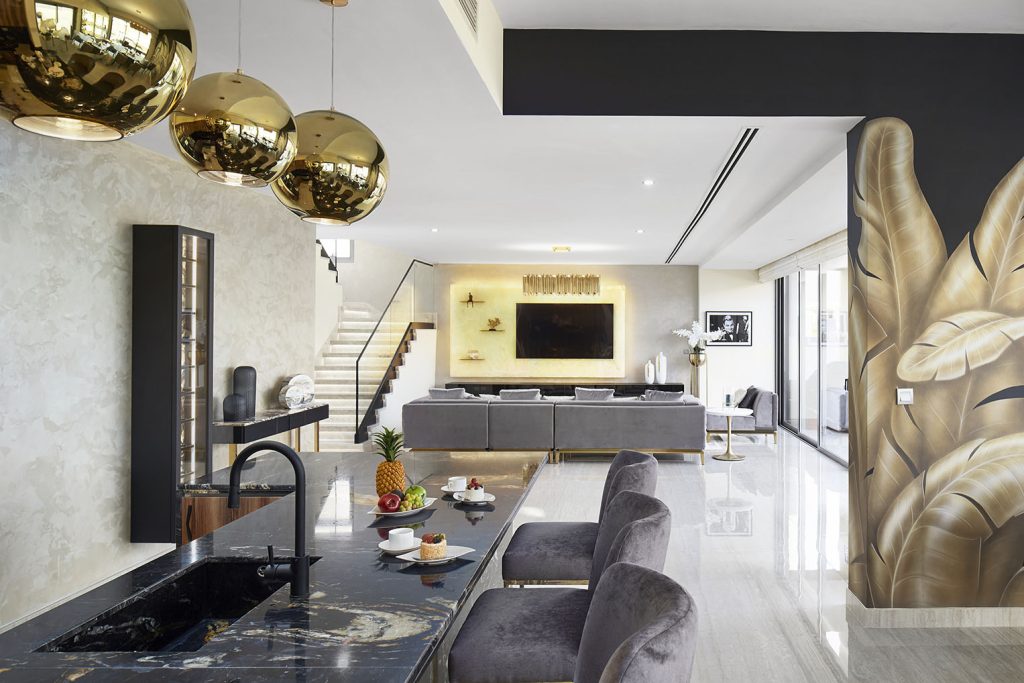Color is a powerful tool in interior design that can completely transform the look and feel of a space. The right color palette can evoke emotions, set the mood, and create a harmonious and visually appealing environment. In this article, we delve into the world of interior design palettes and explore how different color combinations can bring life and personality to your interiors. View it now to get info about interior design consultants in UAE.
Monochromatic palettes:
Monochromatic color schemes involve using different shades, tints, and tones of a single color. This creates a cohesive and harmonious look while adding depth and visual interest. For example, a room with varying shades of blue, from pale sky blue to deep navy, creates a serene ambiance. Monochromatic palettes work well in smaller spaces and can create a sense of simplicity and elegance.
Analogous palettes:
Analogous color schemes involve selecting colors adjacent to each other on the color wheel. These combinations create a harmonious and cohesive look while offering more variation than monochromatic palettes. For example, a palette of warm orange, golden yellow and earthy brown can create a cozy and inviting atmosphere. Analogous palettes work well in living areas and can evoke a sense of comfort and relaxation.
Complementary palettes:
Complementary colors are opposite each other on the color wheel. This high-contrast combination creates a vibrant and energetic look. For example, pairing shades of deep purple with golden yellow can create a striking and dynamic visual impact. Complementary palettes work well in spaces where you want to make a bold statement, such as an accent wall or a focal point area.
Triadic palettes:
Triadic color schemes involve selecting three evenly spaced colors on the color wheel. This creates a balanced and visually appealing look with a pop of color. For example, combining shades of blue, yellow, and red-orange can create a lively and playful atmosphere. Triadic palettes work well in larger spaces where you want to incorporate multiple colors without overwhelming the eye.
Neutral palettes with pops of color:
Neutral color palettes serve as a versatile backdrop for incorporating pops of color. This approach involves using shades of white, beige, grey, or brown as the primary colors in a space and adding vibrant hues as accents. For example, a neutral living room with vibrant throw pillows, artwork, or rugs can add a touch of personality and energy. This combination allows for flexibility and can be easily updated or changed over time.
